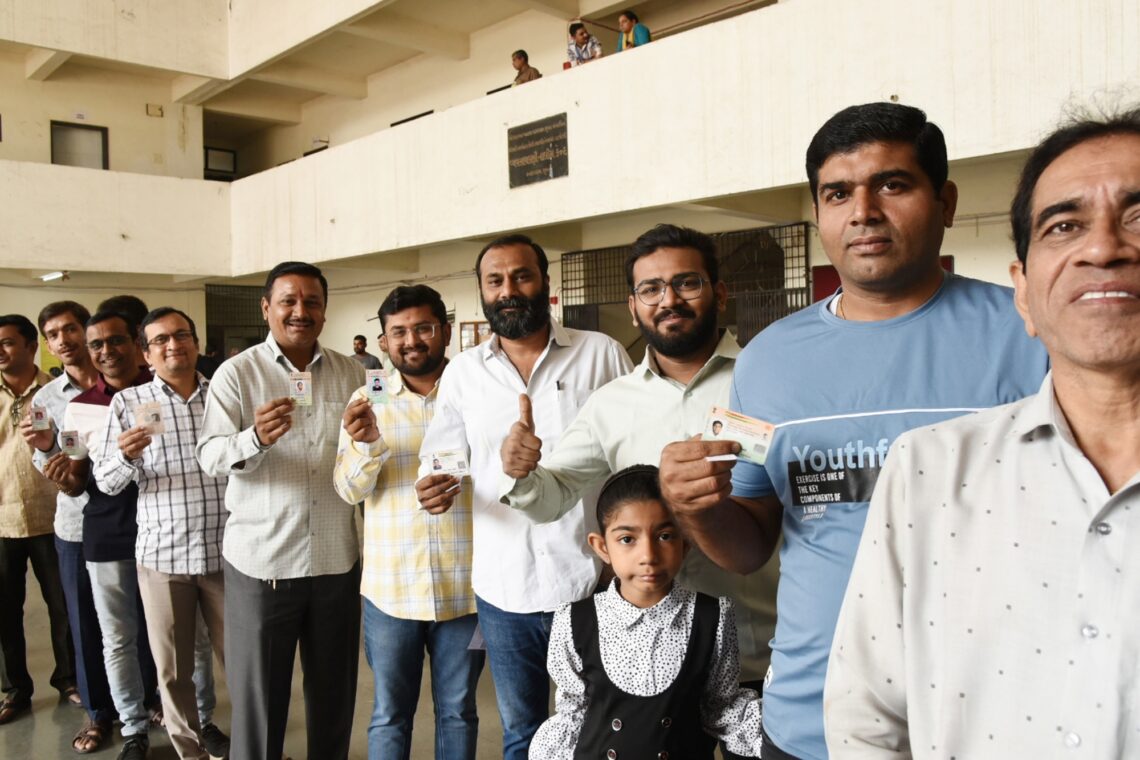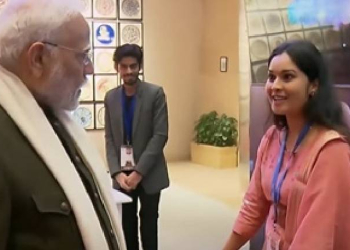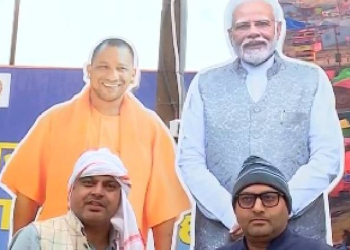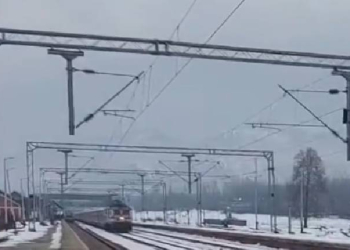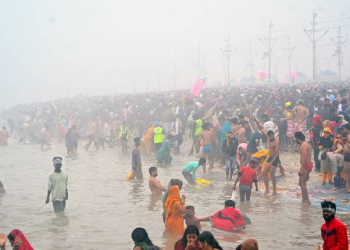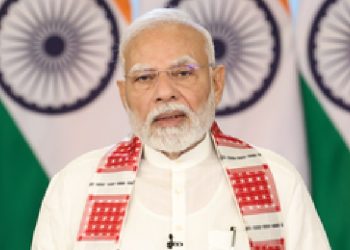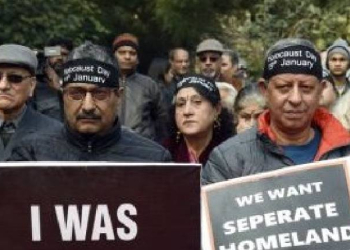New Delhi: Voting pattern in Himachal Pradesh and Gujarat has disclosed urban reluctance from Shimla to Surat. Taking note of this, the Election Commission has urged voters of Gujarat to come out in large numbers during the second phase of voting (December 5) to compensate for low voting in the first phase (December 1).
Surat, Rajkot and Jamnagar have recorded lower than state average voter turnout of 63.3 per cent in the first phase of Gujarat Assembly elections.
While voting percentage increased in many constituencies, the average voter turnout figure was dampened by urban apathy of these important districts just as during the recently concluded Himachal Pradesh assembly poll, the urban assembly constituency of Shimla recorded the lowest at 62.53 per cent (less by 13 percentage point) as against the State average of 75.6 per cent.
Gujarat cities have shown the similar urban apathy trend during voting on 1st December 2022 in Assembly elections thus pulling down the percentage of voting in the first phase.
Noting the voter turnout figures with concern, CEC Rajiv Kumar, on behalf of EC appealed to the voters of Gujarat to come out in large numbers during the second phase so as to compensate for low voting in 1st phase. The possibility of surpassing 2017 voting percentage now lies in their increased participation only.
As per the EC, the Gandhidham AC in Kuchchh district, which has industrial establishments recorded the lowest polling percentage of 47.86 per cent, a sharp decline of 6.34 per cent than the last election in 2017, recording a new low.
The second lowest voting was in Karanj constituency of Surat, which is also 5.37 per cent lower than its own low of 55.91 per cent in 2017.
Major cities or urban areas of Gujarat have not only recorded a decline in voting percentage as compared to 2017 elections, but have also voted much less than the state average of 63.3 per cent. Decline in Rajkot west is very sharp at 10.56 per cent.
The voting percentage in the first phase of election in 2017 was 66.79 per cent.
Had the voting percentage in these Assembly Constituencies been equal to the level of even their own voting percentage in the 2017 election, the state average would have been more than 65 per cent.
There is a conspicuous gap in voting turnout between rural and urban constituencies. The gap of voter turnout is as wide as 34.85 per cent if it is compared in the rural constituency of Dediapada in Narmada district which has recorded 82.71 per cent and that in urban AC of Gandhidham in Kuchchh district which has witnessed 47.86 per cent of voter turnout. Also, average turnout in important urban areas is lower than turnout in rural constituencies.
Within many districts, rural constituencies in those districts have voted much more than the urban constituencies of the same district. For example in Rajkot, there is a decline in all the urban ACs.
To address the urban apathy trend across the country, the Commission has directed all CEOs to identify low voter turnout ACs and polling stations to ensure targeted awareness interventions to increase voting percentage.
(IANS)



